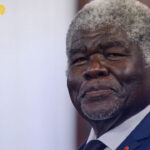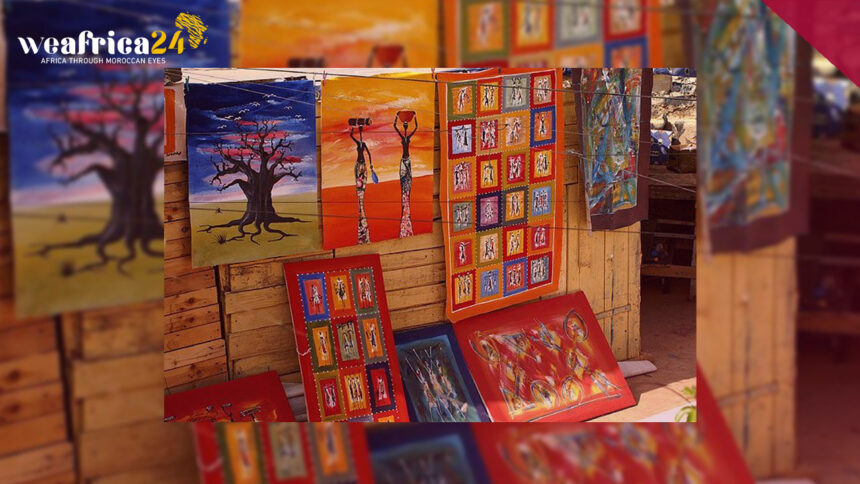Senegal has a rich art history that is reflected in its vibrant and diverse art history. From ancient rock engravings to contemporary street art, Senegal’s art has been shaped by its complex history and diverse ethnic groups.
Pre-Colonial Art
Senegal’s pre-colonial art is characterized by rock engravings, pottery, and jewelry. The engravings, found in areas like the Dakar Peninsula and the Saloum Delta, depict animals, people, and geometric patterns. The pottery was made by various ethnic groups, including the Wolof, Serer, and Mandinka, and was often decorated with intricate patterns. Jewelry, made from gold, silver, and copper, was also an important art form and was worn as a symbol of wealth and status.
Colonial Era Art
The colonial era in Senegal saw the emergence of new art forms, as well as the introduction of Western art. The Ecole des Arts in Dakar, founded in 1936, became a hub for artistic innovation, with artists like Issa Samb, El Hadji Sy, and Djibril Diop Mambety developing their unique styles. They incorporated traditional Senegalese elements into their work, such as wooden sculptures and masks, while also experimenting with new materials like metal and plastic.
Post-Independence Art
After Senegal gained independence from France in 1960, there was a renewed interest in promoting African art and culture. The government established the National School of Fine Arts in Dakar, which provided artists with formal training and support. This period also saw the emergence of a new generation of artists, including Ousmane Sow, who gained international recognition for his realistic sculptures of African figures.
Contemporary Art
Senegal’s contemporary art scene is dynamic and diverse, with artists working in a range of mediums, from painting and sculpture to performance art and video. Many of these artists are exploring themes related to identity, globalization, and social justice, and are pushing the boundaries of traditional art forms. One notable contemporary artist is Dakar-based photographer Omar Victor Diop, who creates powerful portraits that challenge stereotypes and celebrate African cultures.
Senegal’s art history is a reflection of its rich cultural heritage and complex history. From the pre-colonial era to contemporary times, artists have been exploring themes related to identity, culture, and social justice. As the country continues to develop and evolve, its art scene will undoubtedly continue to grow and innovate, inspiring new generations of artists and art lovers alike.







